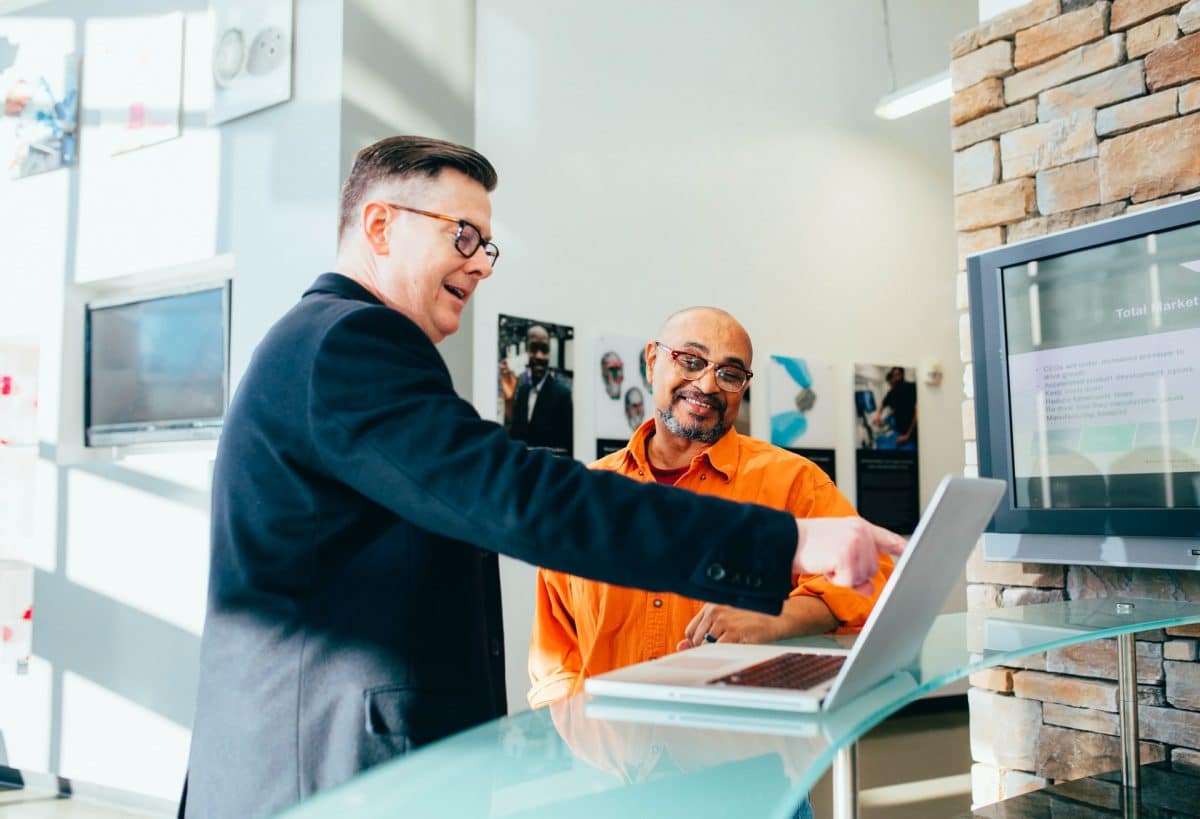
The three main user journeys – and how to get them right
Unless you get the user experience right, you’ll end up with frustrated users who might just choose to look elsewhere. OpenAthens’ Kieran Prince and Adam Snook discuss the three main user journeys, covering website login, WAYFless and deep linking – and, importantly, how to get them right!
Why user experience?
As technologies have matured, user behaviors have changed dramatically. The demand for both mobile and remote access has increased significantly and we now have digital identities, while dozens of services all vying for our attention.
One way to improve engagement is through personalization. Recommended content and search histories are key to providing users with real value and increasing the time they spend on a website.
Crucially, there is no reason these concepts can't be applied to academic publishing – and indeed they are.
“Users will give up more easily when they have access to the world's information at their fingertips,” explains Kieran Prince, Senior Business Development Manager at OpenAthens.
“If users can't get access to content by legitimate routes, it impacts both the library and the publisher. All of this goes to explain the importance of a good user journey.”
Indeed, it is vital that organizations consider the various user journeys across the web as well as their own sites when implementing federated authentication.
Website login
The first of these is navigating the publisher website. This is what can really differentiate single sign-on through SAML from a proxy solution – having the ability to access seamlessly multiple subscription-based content on different sites without the need to keep logging in.
We often hear from library users about how important it is to be able to easily and seamlessly log in to a publisher's website directly.
A good WAYF experience can make a huge difference. There is a great variance in how these might function, but there are off-the-shelf options available such as OpenAthens Wayfinder and SeamlessAccess. OpenAthens Wayfinder has the same standards as SeamlessAccess and both applications are increasingly being adopted around the world.
Whether using an off-the-shelf solution or building your own, the important thing to remember is to prioritize consistency and standardization in line with the industry standards. Having something dynamic rather than a list and providing the sign-in button in a consistent location, for example, can make a big difference.
WAYFless
Secondly, is the use of WAYFless in navigating the library website.
The question here is: when a librarian has provided users with a link to a publisher’s site in the library portal; how will this publisher make sure that the authentication is seamless when users click their link?
“As navigating the WAYF, WAYFless links are basically negating the need to go through that organization search.”
Librarians will go to great lengths to ensure users have access to all the information they need, when they need it. Further, library portals are often a huge investment for a library, so ensuring your platform works with WAYFless or access URLs can enhance the experience and make it more likely your platform will appear front and center on the library website.
Deep-linking and discovery services
Thirdly, deep linking is the concept of getting to a particular URL. Ensuring a user can access an article they find without jumping through hoops or having to log in is a function that is underutilized, but very important.
Publishers will conduct IP recognition by default if you're on-site, but if you're remote they can’t automatically detect whether you're logged in with your single sign-on system. If that happens, and a user tries to access the link, they'll always have to navigate the WAYF.
“The hardest thing is when you've done your search, you click a link to a particular journal and then you have to navigate a WAYF and are not seamlessly taken there – you're just dumped at the homepage,” Adam adds. “That's a terrible user experience, which we [at OpenAthens] and publishers alike get lots of complaints about.”
Therefore, publishers must build deep linking and WAYFless capabilities to ensure any user that finds an article on their site through a popular discovery service can view it with minimal fuss.
“Think about the user journey across the web, not just your own site,” explains Kieran. “When we talk about standards and we talk about consistency, just put yourself in the eyes of a student who's going to multiple sites in one day.”

